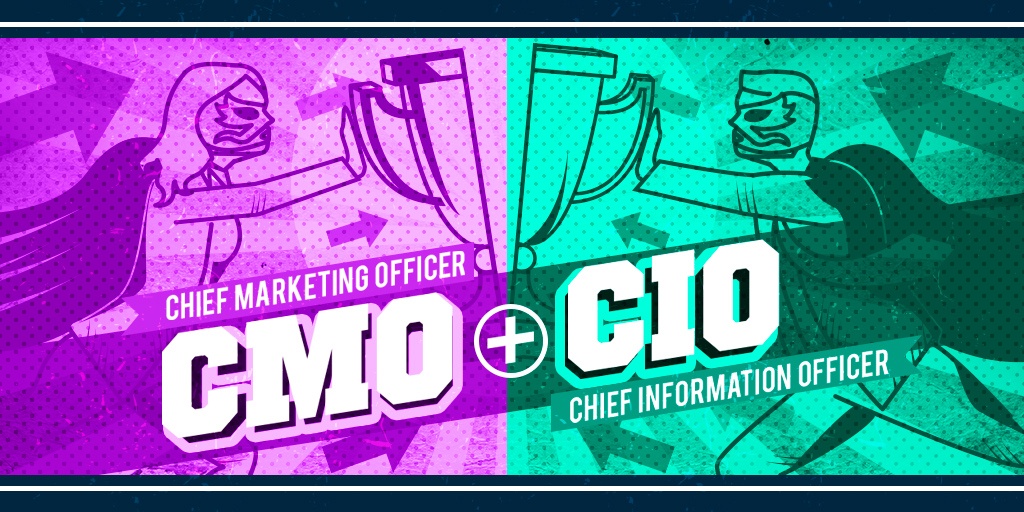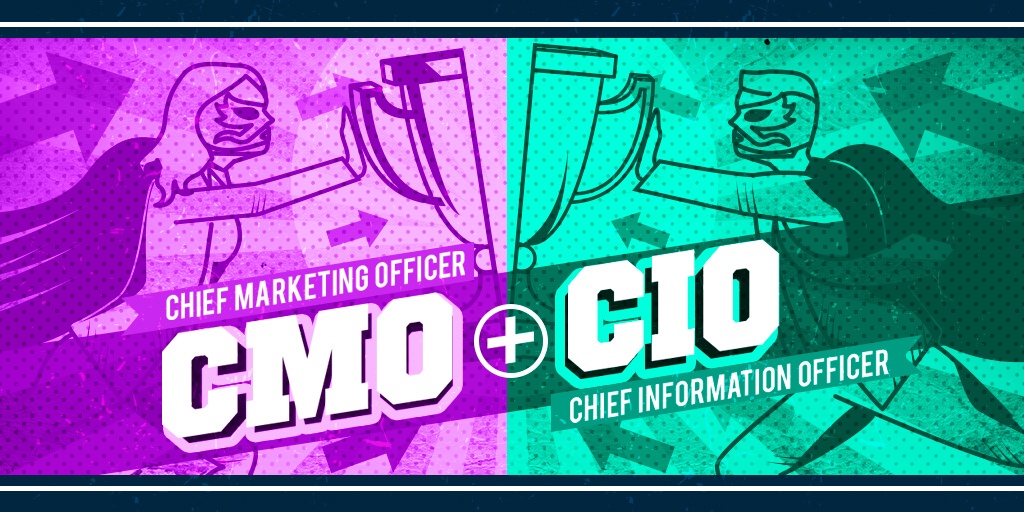Measuring Tech ROI: Q&A with Revlon's CMO


Digital technology is disrupting the marketing function and transforming the way we CMOs do our jobs. Today, we have access to tools that help us understand what our customers have bought in the past, what they’re buying today and what they’re likely to buy next week, next month and next year.
So then what? How do we use the insights enabled by digital marketing to drive results for the business? Should the goal be to grow the customer base? Or to cultivate loyalty and increase revenue per customer? What factors go into defining priorities?
To ask the right questions (much less answer them), you need a strategy around measuring marketing ROI of technology initiatives. To gain insight into how marketing leaders are ensuring they’re getting the most for their IT dollars, we spoke with Fabian Urquijo, SVP & Chief Marketing Officer of Professional Brands at Revlon.
Softtek: How do marketers measure ROI of technology investment?
Fabian Urquijo: The ROI calculation is estimated in what the value of the investment produces with the cost involved. The value is both in material, tangible terms, such as net sales increase, consumer knowledge, process efficiency and speed to market, as well as intangible metrics such as the ability to make better decisions. The cost also involves a material element, which can be capital invested for technology, along with training the organization to use the new technology. There are also intangibles, which can include the ability of the organization to use the new technology, timing of training needed for the organization to be fully operational, speed of adoption and complexity.
Softtek: What’s your approach in defining goals? Should you aim for incremental improvement or a big bang?
Fabian Urquijo: I think it’s very important to articulate a final 'winning aspiration' – the ultimate goal – as well as intermediate goals, which are enablers or key milestones that lead to the ultimate goal. The purpose of setting a goal is to strengthens our position as a brand, company or individual. So your winning aspiration always needs to be strategic, in the sense of strengthening your position, and it needs to be challenging. It has to show meaningful progress from where you are today.
Softtek: What are examples of quantitative measures you employ?
Fabian Urquijo: Examples include increased sales and revenue, increased number of customers and followers, awareness and trial of our brands, points of distribution, average number of items a customer buys and so forth.
Softtek: How do you measure qualitative benefits like brand identity?
Fabian Urquijo: We use different data sources at to assess brand identity and equity aspects. These sources can be either general and market representative, such as specific research that is done every two to three years, or specific and more narrow to a particular group – this might be leveraging our social media followers or client base in the cases of B2B businesses where we have direct access.
Softtek: Are you focused more on using technology to gain new customers? Or to increase the loyalty and ‘stickiness’ of existing customers?
Fabian Urquijo: Today we use technology to achieve both of these objectives, to increase and retain the consumer base. Our approach is to produce and share relevant content in the different categories in which our brands compete. This content can be either visual or written, in the form of education or simply information. The vehicles tend to be social media, our own web content, educational material in seminars, which is mainly for the B2B business, as well as web-based educational material.
Softtek: How does technology change the way you define your target audiences and personas?
Fabian Urquijo: Technology is a great enabler for segmentation of our different target audiences. We are not yet fully leveraging the full scope of what technology can do for us, as we are still in the process of developing our capabilities. However, technology, particularly in a direct-to-consumer business, allows us to define consumers based on the relationship they have with a brand, taking into account not only their perceptions of the brand, but their shopping behavior. This allows for multiple 'peer grouping' based on where they are in the relationship with the brand, as well as their buying patterns.
To learn more about what it takes to be a tech-savvy, CMO, read Softtek’s recent report summarizing the findings of a CMO Club Survey on keys to CIO/CMO collaboration.


